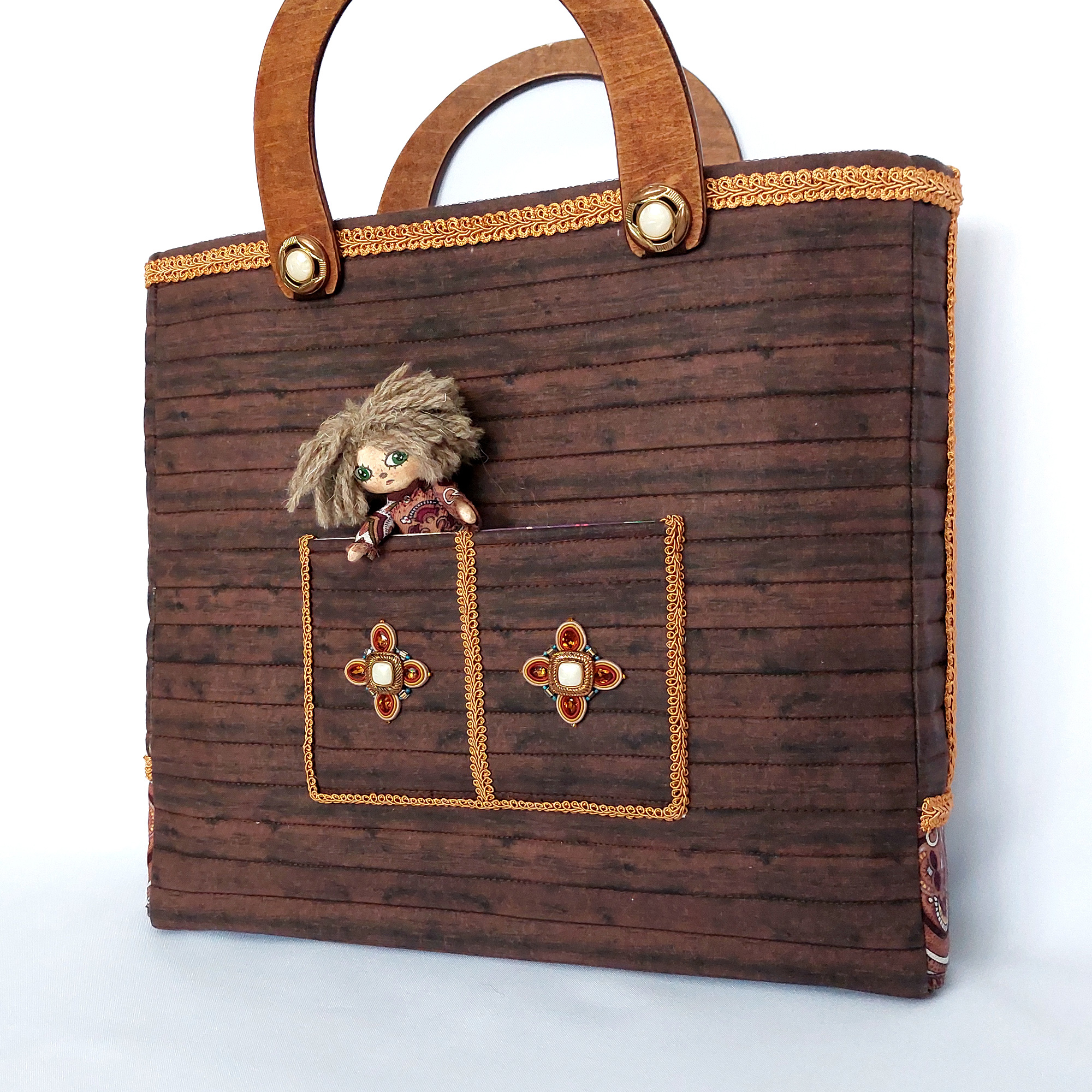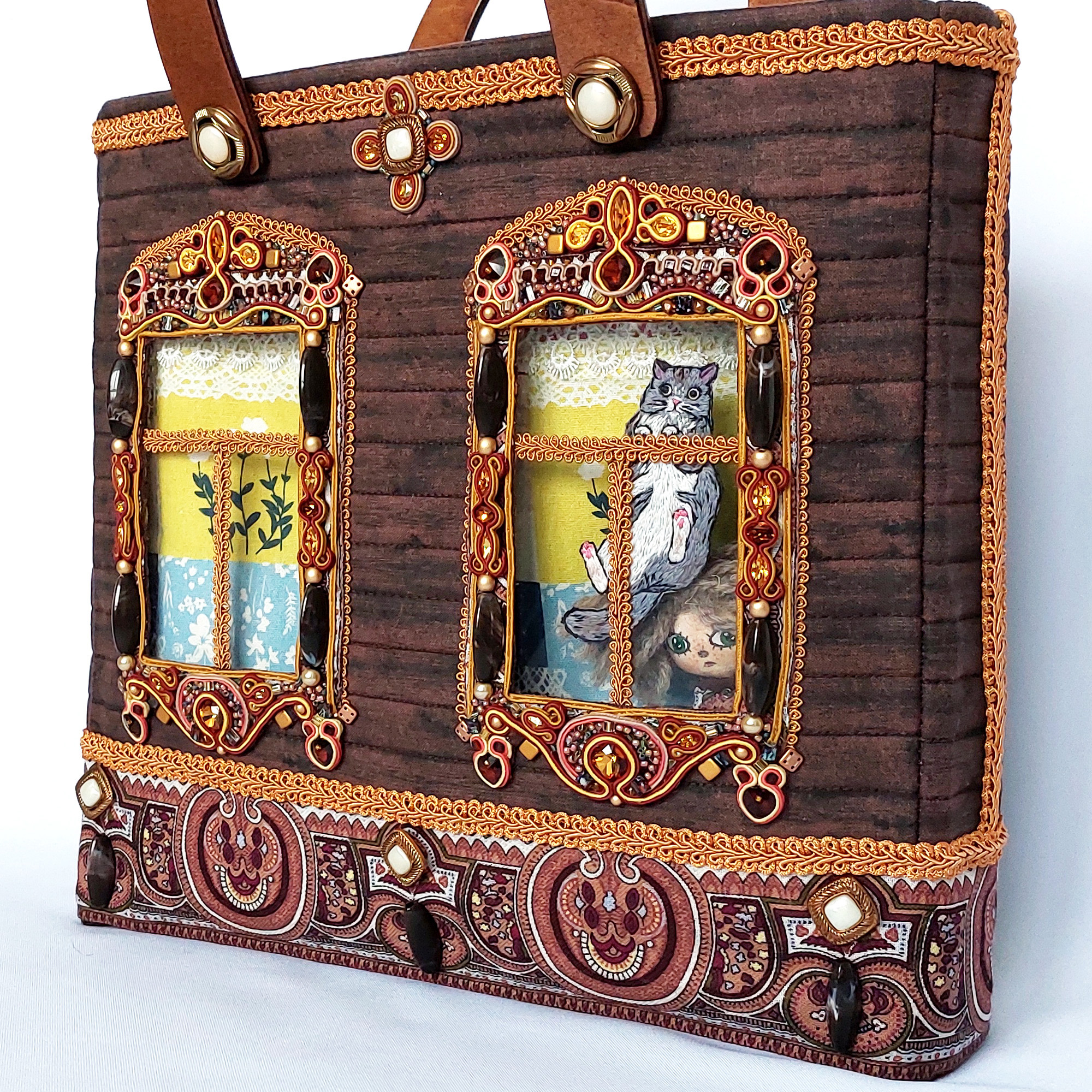Наши предки очень трепетно относились к своему дому. Они его даже очеловечивали. Например, фасад здания — это лицо. Верх это лоб, чело. При челе украшенная резьбой доска — причелина. С нее свисают деревянные полотенца, их раньше еще называли серьгами. Окна, это, конечно же, очи, глаза дома. На них наличники, потому что на лице.
Именно наличникам и посвящена моя конкурсная работа. У меня не было цели воспроизвести русский дом целиком, захотелось выделить именно наличники на окна.
Технически наличники выполняли несколько функций, одна из основных — сокрытие стыка между окном и бревнами стены дома. Но просто закрыть досками стык это не про наших людей. И наличники стали украшать резьбой. Со временем в резьбу стали закладывать сакральный смысл. Через окно в дом могли попасть какие то недобрые силы, поэтому было принято на наличниках изображать знаки Солнца, которые имели обереговое значение. Так же часто вырезали виноград — символ богатства и изобилия. На наличниках можно было увидеть и мифологических персонажей: русалок, сказочных львов и даже драконов. Все эти персонажи также носили характер оберега.
Для меня красивые наличники на окнах дома это сказка. Я выросла на Урале в городе Нижний Тагил и окна моей пятиэтажки смотрели на частный сектор. Мы с подругами очень любили гулять по частному сектору и рассматривать украшенные резьбой дома и окна в кружевных наличниках. Мы встречали очень красивые резные наличники. Жаль, что в то время не было фотоаппаратов, чтобы запечатлеть их.
И сейчас, при объявлении темы конкурса Русские мотивы, мне вспомнились именно те наличники, которыми я любовалась в детстве. А поскольку окна это глаза дома, то захотелось сделать эти глаза живыми, добавив в сюжет кота. Ну и куда же без домового, ведь за красивым домом присмотр нужен).
Our ancestors were very kind to their home. They even humanized him. For example, the facade of a building is a face. The top is the forehead. At the forehead, a board decorated with carvings is a prichelina. Wooden towels hang from it, they were also called earrings before. Windows are, of course, the eyes — the eyes of the house. They have platbands on them, because they are on the face.
It is the platbands that my competitive work is dedicated to.
Technically, the platbands performed several functions, one of the main ones was to hide the joint between the window and the logs of the wall of the house. Over time, the platbands began to be decorated with carvings. Sacred meaning began to be laid in the carving. Some evil forces could get into the house through the window, so it was customary to depict the signs of the Sun on the architraves, which had a protective value. Grapes were also often cut out — a symbol of wealth and abundance. On the architraves one could also see mythological characters: mermaids, fabulous lions and even dragons. All these characters also had the character of a talisman.
For me, beautiful platbands on the windows of the house are a fairy tale. I grew up in the Urals in the city of Nizhny Tagil and the windows of my five-story building looked at the private sector. My friends and I were very fond of walking around the private sector and looking at houses decorated with carvings and windows in lace trim. We met very beautiful carved platbands. It is a pity that at that time there were no cameras to capture them.
And now, when the topic of the contest Russian Motifs was announced, I remembered exactly those architraves that I admired in my childhood. And since the windows are the eyes of the house, I wanted to make these eyes alive by adding a cat to the plot. Well, where without a house boggart, because a beautiful house needs supervision).



